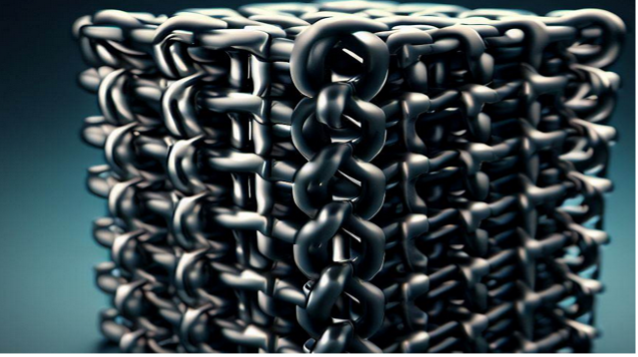At its most basic level, a blockchain is a kind of database, which is a structured way to store information. But there are some special things about a blockchain database that make it unique.
- Blocks: Data in the blockchain is stored in groups called ‘blocks’. Each block contains a number of transactions – these could be details about people sending each other digital money, like Bitcoin, or any other kind of data exchange.
- Chain: Each new block includes a code called a ‘hash’ that is linked to the block before it, forming a chain. This chain is very important because it ensures that once data is added, it’s very hard to change or remove it. This is why people say the blockchain is ‘immutable’.
- Decentralization: Unlike a traditional database which is stored in one place (like a server), a blockchain is stored on many different computers all over the world, all at the same time. This is known as decentralization. So, there’s no one person or organization in control of the whole thing, which makes it very difficult to cheat the system.
One of the most popular uses of blockchain is for cryptocurrencies, like Bitcoin. When you send or receive Bitcoin, the transaction is recorded in a block, and added to the chain in a way that is secure and transparent. That means anyone can see the transaction happened, but they can’t change it or fake it.
But blockchain has many other potential uses beyond cryptocurrencies. Some people think it could be used for secure voting systems, supply chain management, digital identities, and more. Because the data in a blockchain is so difficult to tamper with, it could be very useful in any situation where it’s important to have a reliable record of what happened.
In summary, blockchain is a type of database that stores information in blocks that are chained together. It’s decentralized and hard to tamper with, which makes it suitable for securely recording transactions and other data.

